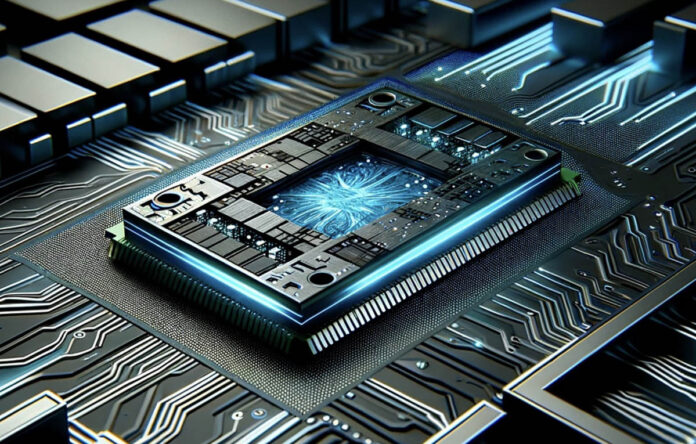GDDR memory is typically used in GPUs and has been for many generations. A few days ago, JEDEC published its specifications (JESD239) for GDDR7 Graphics Double Data Rate SGRAM. This is an important step that will allow manufacturers to build a standards-compliant memory for devices to implement.
JEDEC Published the GDDR7 Spec Paving the Way for More Memory Bandwidth
GDDR7 has a number of improvements, but perhaps the headline is doubling the bandwidth over GDDR6 to 192GB/s per device. Memory bandwidth has been a major challenge for GPUs, especially in the AI era so doubling performance is a big deal. That 192GB/s is per device and GPUs typically have several memory modules.
Another big feature is the switch to PAM3 from NRZ. This is a signaling change that we are seeing not just on the GDDR side. For example, PCIe is transitioning from NRZ to PAM4 signaling which will increase the data rate for PCIe. Physically moving data between devices is a hot topic these days in different parts of computer architecture.
From JEDEC, here are some of the additional features:
- Core independent LFSR (linear-feedback shift register) training patterns with eye masking and error counters to improve training accuracy while reduce training time.
- Doubles the number of independent channels doubles from 2 in GDDR6 to 4 in GDDR7.
- Support for 16 Gbit to 32 Gbit densities including support for 2-Channel mode to double system capacity.
- Address the market need for RAS (Reliability, Availability, Serviceability) by incorporating the latest data integrity features including on die ECC (ODECC) with real time reporting, data poison, Error check and Scrub, and command address parity with command blocking (CAPARBLK). (Source: JEDEC)
Higher capacities and more performance.
Final Words
Overall, this is the march of technology. Keeping new generations coming is important especially as the memory is used both GPUs as well as on AI accelerators. Now, we just need to see chips and GPU generations using the new memory.





This certainly looks like an end of the good road for copper signalling.
They can’t go higher frequency-wise, so they are effing around with signalling schemes while cutting into signal integrity. PAMx schemes are impressing no-one, since they are simply nuking signal/noise ratio.
It’s time to stop faffing around and come with good, cheap photonic links.
Nice AI generated photo….